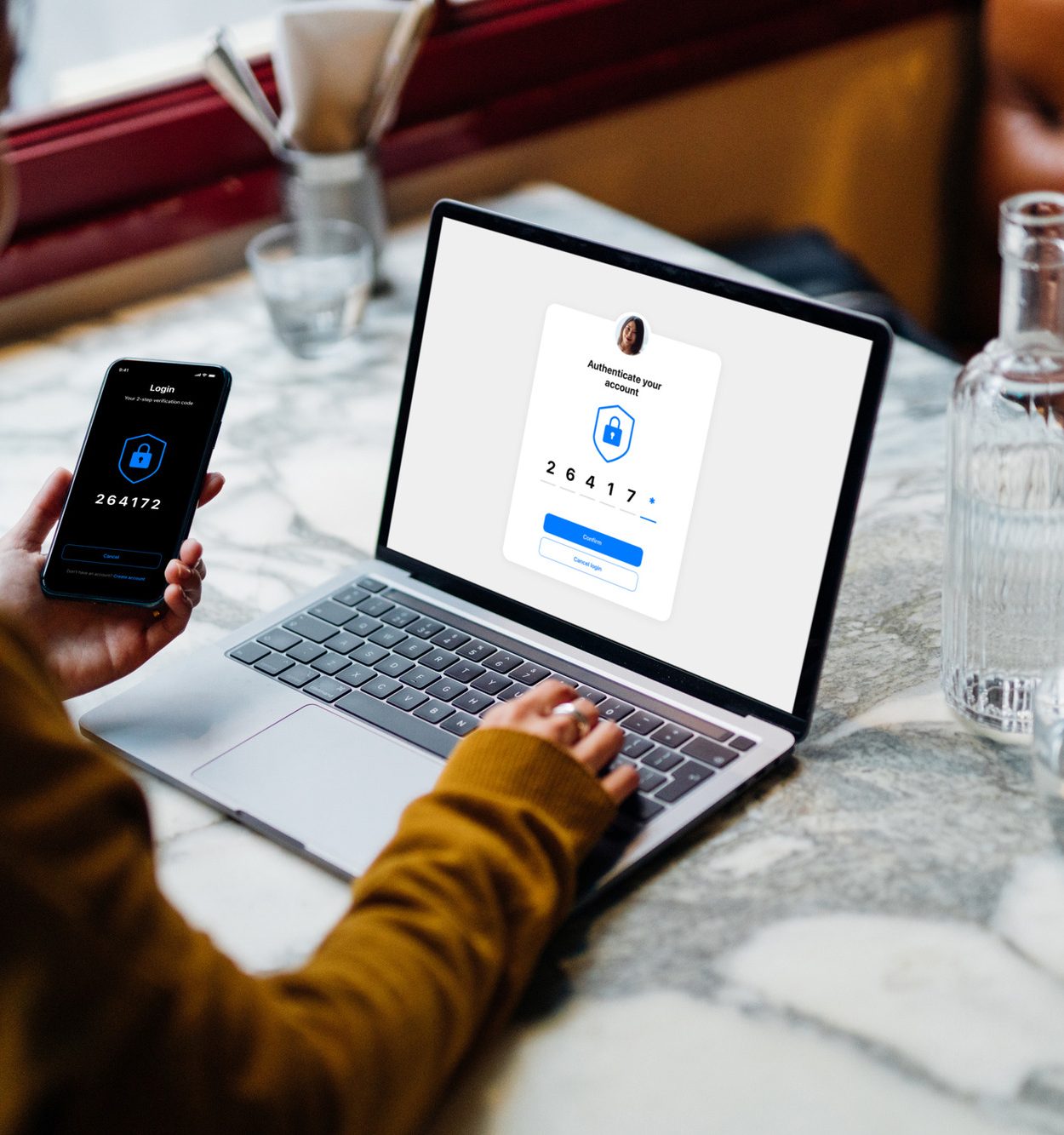You may have noticed the many different types of fraudulent calls and phishing links that come our way on a daily basis. As new payment modes or uses come up, fraudsters get craftier with the types of fraud they can employ to steal your hard-earned money. Learning more about them can help you identify the telltale signs of payment fraud and stay safe.
But what to do if you are still hit by payment fraud? Let’s discuss this.
Identify the type of fraud and collect evidence
How can you fight something if you don’t know what hit you? Payment fraud often comes across as genuine communication from organizations like e-commerce merchants, banks, or payment companies. Zero in on how you have been defrauded so you can take the right action against it.
- Hit by a digital transaction fraud?
Save screenshots of the fraudulent website or application, SMS messages, UPI ID, mobile numbers, transaction page, etc.
- Hit by an e-commerce fraud?
Save screenshots of the merchant website or app, transaction page, order and transaction details, etc.
- Hit by ATM skimming?
What happens when you withdraw money from a rigged ATM? Your sensitive information, and possibly your money, too, is stolen through an unauthorized device. As soon as you realize this, note down the ATM machine’s number, location, concerned bank’s name, etc.
- Hit by a PoS fraud?
Like ATMs, fraudsters can also rig point-of-sales devices to skim confidential details like banking and personal information. Note down the merchant’s address and ask for a transaction ID or receipt if possible.
Inform the concerned stakeholders and authorities
Since the fraud is related to digital payment, you should inform the NBFC, bank, or payment company involved in the transaction. Here’s the order to contact different stakeholders and authorities involved.
For online transactions, inform the bank, NBFC, or payment company involved. Inform the bank or NBFC and the payment platform in case of UPI fraud.
In case of e-commerce, PoS, or ATM fraud, register a complaint with the card issuing bank.
↓
Then, file an FIR at the local cybercrime department, information regarding which you can find here.
↓
If there is still no remedy, you can file a complaint with the National Payments Corporation of India (NPCI).
↓
If you don’t get a response from the bank or payment company or you are unsatisfied with the response, reach out to the RBI’s Banking Ombudsman.
Know your liability
As per RBI mandate, consumers can get a full refund of the amount lost under these circumstances:
- If the fraud happened because of negligence or a lack on the bank’s part
- If the customer informs the bank about the fraud within three days of its occurrence in case of a third-party security breach
You can also get a portion of the amount back if you report the fraud within four to seven days of its occurrence. In this case, you will still be liable for a limited amount. The longer you take to report the fraud, the harder it gets to get your money back.
Fraud can occur due to negligence on your part as well, like sharing OTPs or banking details. In such a case, you will most likely not get the money back. However, any loss caused after reporting the fraud will be the bank’s liability.
Awareness is your strongest shield against fraud
Now you know what to do if you get hit by payment fraud. Banks and authorities are always there to help you get your money back. But it is best to be cautious so you can avoid getting defrauded. Always remember to check the details and authenticity of the entity before sending them money. If you are asked to share confidential information like passwords and OTPs, refuse and cancel the transaction immediately. These are just some of the small steps you can take to fight fraud.






